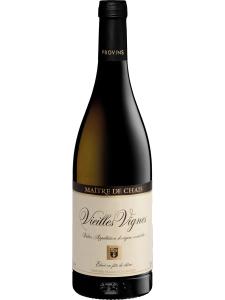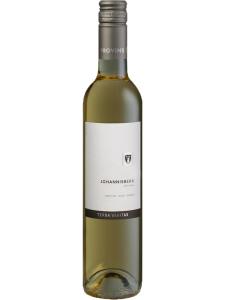Valais is the largest wine region in Switzerland, and is responsible for almost half of the nation's total wine production. Located in the mountainous south-western corner of this small country, the main vineyard area of Valais runs east-north-east for 30 miles (50km) from Martigny to just beyond Sierre. Beyond this is a less densely planted section, which follows the valley due east between Leuk (Loeche in French) and Visp (Viege). Leuk lies on the dividing line between the French- and German-speaking parts of Switzerland, so this latter area of the Valais is subtly different from (and a touch more Germanic than) the more central and western areas.
In 2010, the Valais region was planted with just over 12,300 acres (5000ha) of vineyards, representing 40% of Switzerland's white vine plantings and fractionally less of its reds. It generated 25% more wine than the country's second-largest region (Vaud) and five times more than Italian-speaking Ticino.
The vines here are owned and tended by an impressive number of independent vignerons – more than 20,000 – most of whom sell their grapes under contract or group together as co-operatives. A growing number of are now making and marketing their own wines, reflecting the forward-looking attitude of the Swiss wine trade and its increasingly commercial, export-driven focus.
Pinot Noir is king here and Valais-based plantings of the grape outnumber those of every other red variety in the German-speaking part of Switzerland. Switzerland's favorite white grape, Chasselas (Fendant), takes second place. Gamay holds its own and the Gamay hybrids Garanoir and Gamaret also make an appearance. Diolinoir and Cornalin are little-known red varieties rarely seen outside the Valais (even in the other Swiss regions they are relatively rare), while Humagne Rouge is now completely isolated in this ampelographer's haven. Both Marsanne and Syrah have climbed up the Rhone to the vineyards here, with Marsanne named Ermitage after its ancestral home, Hermitage.
The Valais terroir is one of the world's most dramatic, yet it remains largely unknown because of the low profile that Swiss wines have kept until recently. The valley benefits from its sheltered position below the high alpine peaks, with the most obvious bonus being the fohn wind, which keeps the area unusually warm and dry considering its altitude (most vines grow here at between 1500 and 2500ft/460–760m). The fohn effect is also enjoyed by Ticino, although there, mountain weather systems bring sporadic, heavy rainfall.
Vertiginous alpine topography also gives the vines in Valais the advantage of emphasized vineyard orientation and many are planted on steep gradients of up to 90% (42 degrees). This steepness, although making it markedly harder to manage and harvest the vines, brings the significant benefits of excellent drainage and increased exposure to sunlight. In one particular valley just south of Visp, the village of Visperterminen perches on the edge of some extremely steep, west-facing slopes. At around 4750ft (1150m) these are some of the highest vineyards in Europe, although they are topped by those located just the other side of the Matterhorn in the Aosta Valley.
Valais is home to about 125 appellations, the most prestigious of which (from west to east) are Fully, Conthey, Vetroz, Saint-Leonard and Salgesch. These are 'Grand Cru' areas, although this title is attributed locally, rather than nationally, which somewhat lessens its impact and regulation. Nonetheless, these communes – and the Valais as a whole – helped to pioneer Switzerland's developing export markets and its increasing recognition as a first-rate wine nation.




